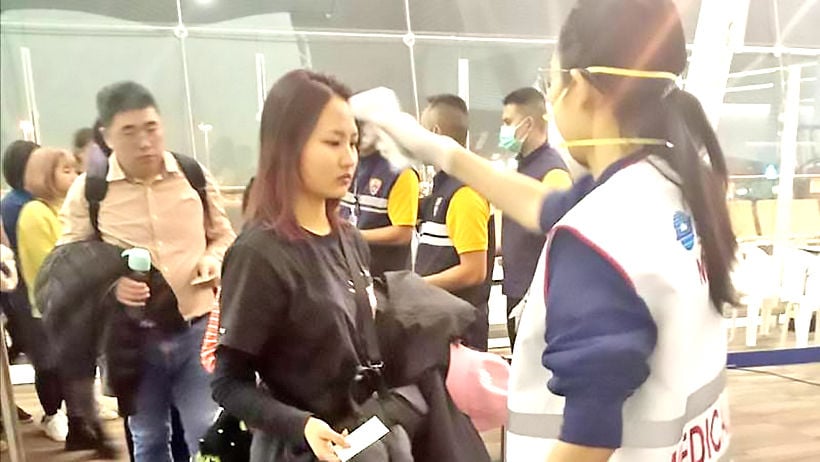Thailand depending on Chinese travellers for tourist reboot

Thailand is looking to China to rebuild its battered travel industry. As the Covid-19 pandemic subsides in Asia, countries are discussing the idea of “travel bubbles,” in which reciprocal nations establish guidelines that enable their citizens to move freely across their borders. The wider tourism industry accounts for 18-20% of Thailand’s GDP and provides jobs for almost a tenth of Thais, according to the International Labour Organisation.
But with borders closed and planes grounded around the world, (Thailand has currently banned all passenger arrivals except Thai returnees and diplomats until at least June 30), this core of the Thai economy faces a very uncertain future. The Tourism Authority of Thailand’s best case scenario is that 14-16 million people will visit this year, more than the 8.5 million projected by the Thai Chamber of Commerce, but far fewer than last year’s record of 39.8 million, a figure that made it Southeast Asia’s most popular tourism destination. And yesterday a TAT spokesman made the nation’s position clear:
“China will remain Thailand’s and Asia’s biggest outbound tourist market.”
Chinese accounted for more than a quarter of tourists who visited Thailand last year, and their importance has been magnified by the Covid-19 pandemic. Long haul travel is not expected to rebound quickly, and Thailand’s tourism strategy is now focused on domestic travel and the short haul travellers who are most likely to return first – the Chinese.
With a population of 1.4 billion, the rising middle class now have the travel bug and have become the world’s most numerous tourist market in many destinations, especially around Asia.
Rebuilding this market is crucial not only to resurrecting Thailand’s economy, but also those of neighbouring nations like Myanmar, Laos and Cambodia. The ability of these countries to refloat their own tourism industries depends largely on Thailand’s reopening, as the airports of Bangkok serve as a hub for the region. But it won’t be easy as Thailand faces increased competition from regional competitors like Vietnam and the Philippines, both of which were in the midst of their own tourism booms before the virus struck. It will also face competition from China itself, where the pandemic has boosted interest in domestic travel.
“We cannot leave it too late to prepare for Chinese arrivals. International competition for this market is bound to be intense.”
Complicating matters is the fact that wholesale group travel, previously the sector’s backbone, is unlikely to bounce back swiftly. A survey by industry consultancy C9 Hotelworks found that 71% of Chinese planning foreign travel in 2020 would consider travelling to Thailand, and 83% of that group said they would want to go as independent travellers. The consultancy also believes older travellers will be slower to return to the market, noting that more than 80% of those who responded to its survey were between the ages of 20 and 40.
But there was good news for Thailand. Half of those surveyed said they would spend 15,000 yuan (67,000 baht) per trip.
C9 managing director Bill Barnett says targeting those predisposed to travel is a good way to drum up business in a short period.
At this stage it is unlikely that any tourists are going anywhere soon as borders remain closed, travel bans are still in place, airlines remain grounded and financially reluctant or unable to ramp up international flights quickly. In Thailand the borders remain closed, except for Thai repatriates, until at least June 30. Even when they open it has not yet been announced the conditions on which foreigners will be able to travel to Thailand, which countries they will be accepted and the types of insurances required. The world’s discretionary income has also plummeted as the Covid-19 recession starts to bite.
But if anyone is likely to be the first wave of post-Covid tourists, it’s most probable to be from China.
SOURCE: SCMP
Latest Thailand News
Follow The Thaiger on Google News:


























